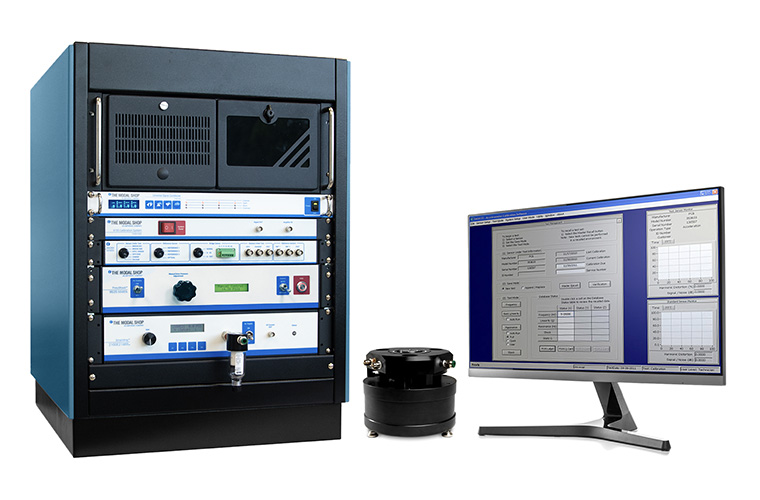Main Menu
- Home
- Product Finder
- Calibration Systems
- Calibration Services
- Digital Sensing
- Industrial Vibration Calibration
- Modal and Vibration Testing
- Non-Destructive Testing
- Sound & Vibration Rental Program
- Learn
- About Us
- Contact Us
 Why participate in an ILC Program?
Why participate in an ILC Program?The Modal Shop's Interlaboratory Comparison Program (ILC) is designed to help laboratories achieve confidence in vibration calibration results, validate reliable uncertainty levels and meet ISO/IEC 17025 certification requirements. Interlaboratory Comparison reporting allows metrology centers to compare the results of their systems, practices and processes to other proficient calibration laboratories across the world. Proficiency testing has its own standard - ISO 17043, and include both Normalized Error (En) and Z-Score (statistical deviation)
Accelerometer can be very fragile if not handled appropriately! Therefore, The Modal Shop utilizes a quantitative Sequential Participation System in a Petal Test configuration where units are returned to our lab to be tested between each participant lab.
With both anonymous participation and blind results, the program withholds participant names and specific information from other report participants. Any vibration metrology lab may join, regardless of the type of calibration system being used. Participation in a comparison program is frequently required to receive and retain accreditation to standards such as ISO 17025, through institutions such as A2LA, PTB, UKAS and ACLASS.
Upon ordering appropriate ILC Program service codes from the table below, the steps are straightforward:
| Model | Description |
|---|---|
| ILC | Participation in Interlaboratory Comparison for vibration from frequencies supported between 5 Hz to 20 kHz. Sensor and Data Collection Worksheet with instructions sent. Upon return, ILC Report provided detailing double blind comparison with other independent labs. |
| ILC-LF | Participation in Interlaboratory Comparison for vibration from frequencies supported between 0.5 Hz to 2000 Hz. Sensor and Data Collection Worksheet with instructions sent. Upon return, ILC Report provided detailing double blind comparison with other independent labs. |
| ILC-Primary | Participation in Laser Primary Interlaboratory Comparison for vibration from frequencies supported between 5 Hz to 20 kHz. Sensor and Data Collection Worksheet with instructions sent. Upon return, ILC Report provided detailing double blind comparison with other independent labs. Service provided for comparison of Laser Interferometer-based calibrations per ISO 16063. |
Participants also have the opportunity for expert discussion on practices, variances and process improvements.
Although any vibration metrology lab may join regardless of the type of calibration system being used, Accelerometer Calibration Workstations Model 9155D Service Contract and Service Plan holders are granted access access to the Program at no additional charge!